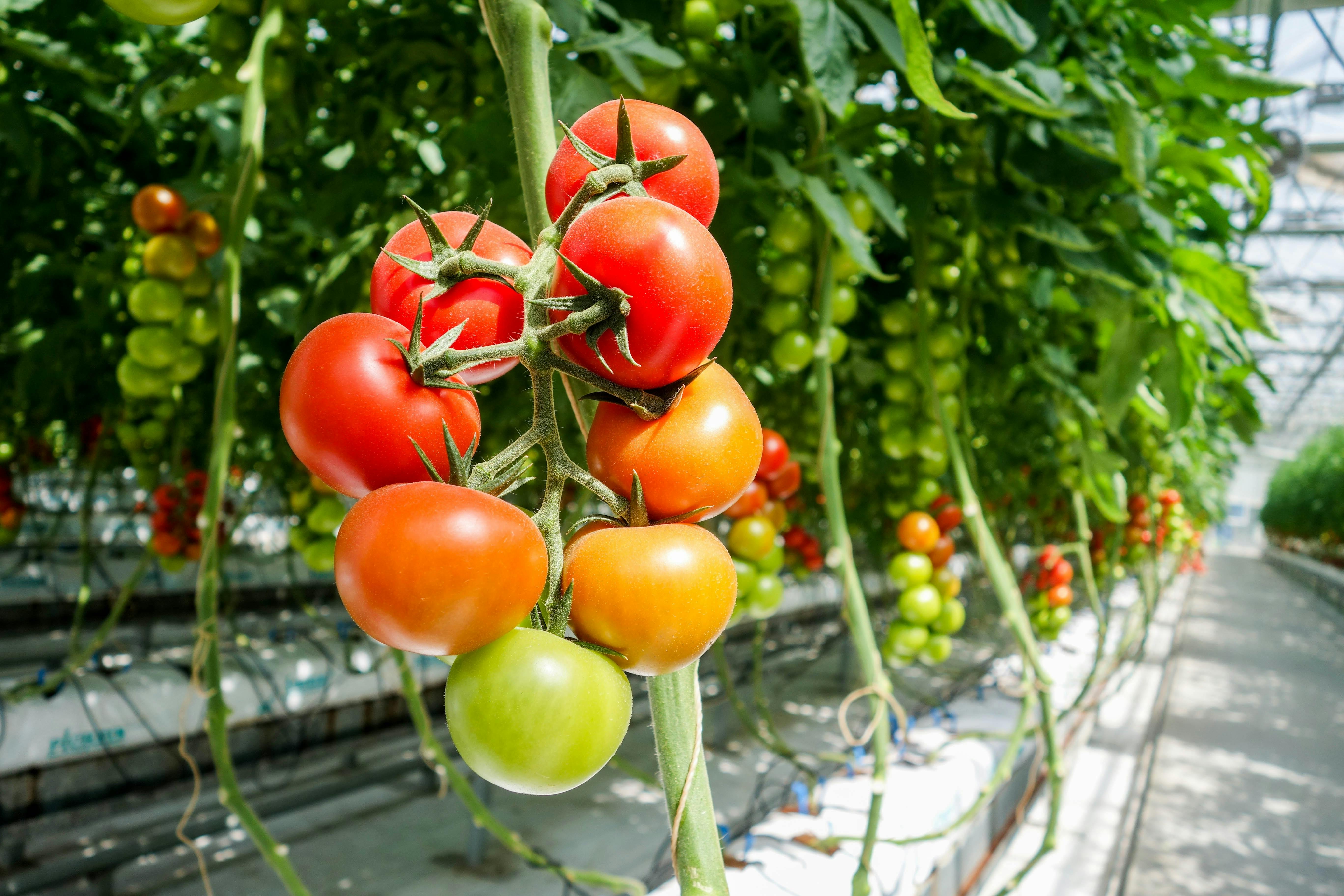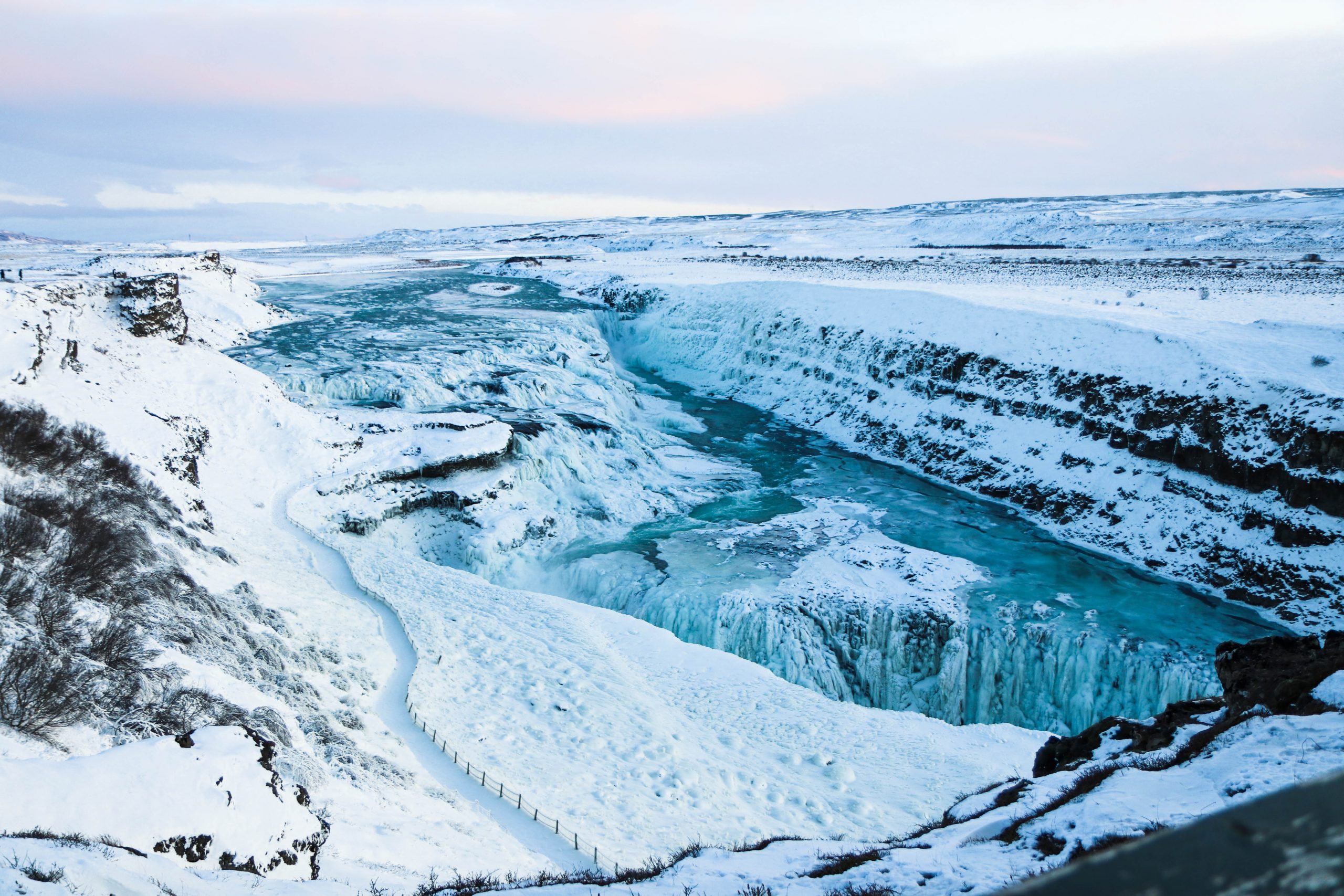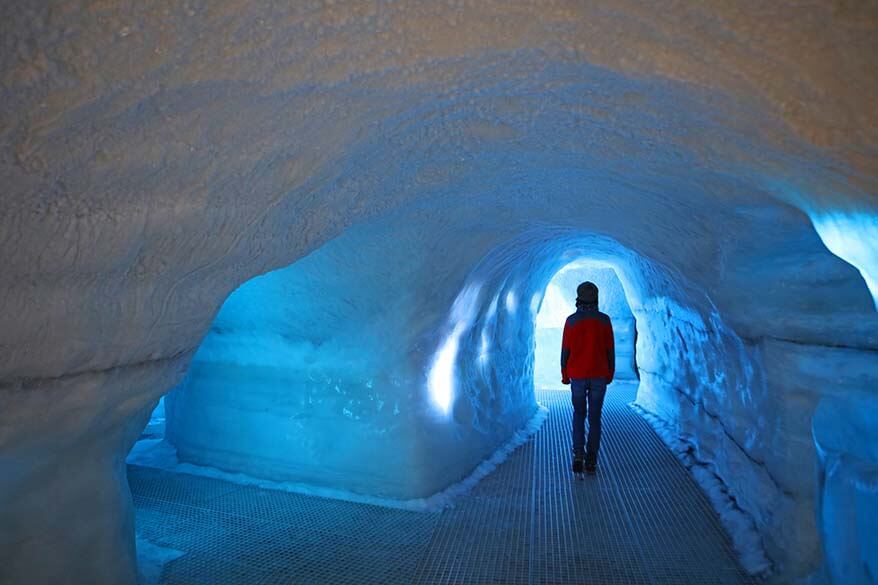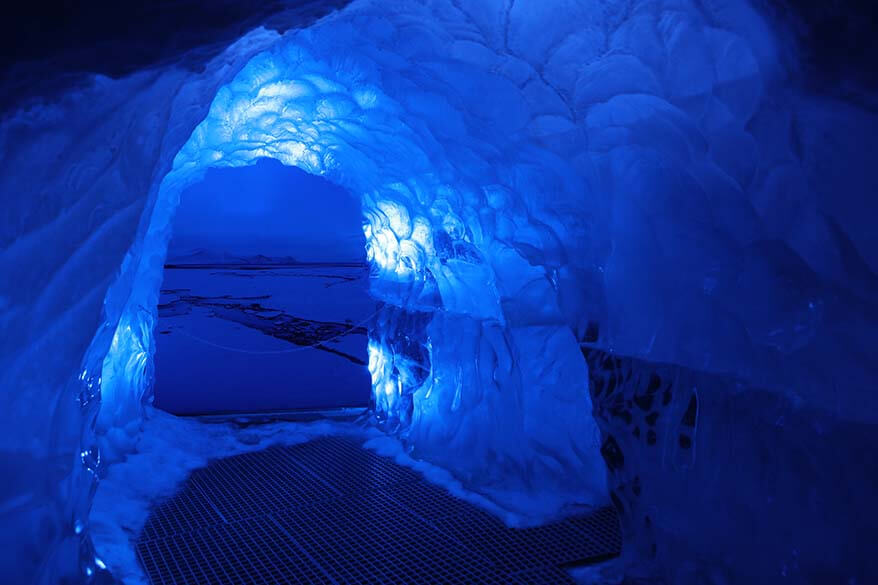A Whirlwind Visit to Iceland, December 2023
- Get link
- X
- Other Apps
Before my brother Jim encouraged us to join him, Candy, and another couple on a brief trip to Iceland, I knew almost nothing about the tiny island nation. I set out to learn a bit of the basics. Relying on Wikipedia for the basics, I learned that Iceland is a Nordic island country between the North Atlantic and Arctic Oceans, on the Mid-Atlantic Ridge between North America and Europe. Its capital and largest city is Reykjavík, home to about 36 percent of the country's roughly 380,000 residents. The country's official language is Icelandic, descended from Old Norse.
Iceland is located on a rift between tectonic plates. Its geologic activity includes geysers and frequent volcanic eruptions. The interior consists of a volcanic plateau characterised by sand and lava fields, mountains, and glaciers, and many glacial rivers flow to the sea through the lowlands. Iceland is warmed by the Gulf Stream and has a temperate climate despite a latitude just south of the Arctic Circle. Its high latitude and marine influence keep summers chilly, and most of its islands have a polar climate.
According to the ancient manuscript Landnámabók, the settlement of Iceland began in 874 AD when the Norwegian chieftain Ingólfr Arnarson became the first permanent settler on the island. In the following centuries, Norwegians, and to a lesser extent, other Scandinavians, immigrated to Iceland, bringing thralls (i.e., slaves or serfs) of Gaelic origin.
The island was governed as an independent commonwealth under the native parliament, the Althing, one of the world's oldest functioning legislative assemblies. Following a period of civil strife, Iceland acceded to Norwegian rule in the 13th century. The establishment of the Kalmar Union in 1397 united the kingdoms of Norway, Denmark, and Sweden. Iceland thus followed Norway's integration into that union, coming under Danish rule after Sweden seceded from the union in 1523. The Danish kingdom forcefully introduced Lutheranism to Iceland in 1550.
Influenced by ideals of nationalism after the French Revolution, Iceland's struggle for independence culminated in the Danish–Icelandic Act of Union in 1918, with the establishment of the Kingdom of Iceland, sharing through a personal union, the incumbent monarch of Denmark. During the occupation of Denmark in World War II, Iceland voted overwhelmingly to become a republic in 1944, thus ending the remaining formal ties with Denmark. Although the Althing was suspended from 1799 to 1845, the island republic has nevertheless been credited with sustaining the world's oldest and longest-running parliament.
Until the 20th century, Iceland relied largely on subsistence fishing and agriculture. Industrialization of the fisheries and Marshall Plan aid following World War II brought prosperity, and Iceland became one of the world's wealthiest and most developed nations. It became a part of the European Economic Area in 1994, further diversifying the economy into finance, biotechnology, and manufacturing sectors.
Iceland has a market economy with relatively low taxes compared to other OECD countries, as well as the highest trade union membership in the world. It maintains a Nordic social welfare system that provides citizens with universal health care and tertiary education. Iceland ranks highly in international comparisons of national performance, such as quality of life, education, protection of civil liberties, government transparency, and economic freedom.
Icelandic culture is founded upon the nation's Scandinavian heritage. Most Icelanders are descendants of Norse and Gaelic settlers. Icelandic, a North Germanic language, originates from Old West Norse and is closely related to Faroese. The country's cultural heritage includes traditional Icelandic cuisine, Icelandic literature, and medieval sagas. Iceland has the smallest population of any NATO member and is the only one with no standing army, possessing only a lightly armed coast guard.
Iceland is known for its volcanic activity, and a swarm of intense earthquakes in the Reykjanes Peninsula began on October 24, 2023, due to a magmatic intrusion underneath the area. The frequency and intensity of the earthquakes dramatically increased on November 10th, with 20,000 tremors recorded by that time, the largest of which exceeded magnitude 5.3. The town of Grindavik experienced quite a bit of damage, and the residents were evacuated.
.jpeg) |
| Village of Grindavik |
Jim decided to cancel his trip shortly after Thanksgiving and urged us to do the same. We threw caution to the wind and decided to go ahead. It just didn't seem as threatening to us as it did to them. We are so glad that we decided to go!
We flew IcelandAir in their Saga Premium class. It's a bit pricey, but the comfortable seats and delicious flow of food and beverages were more than worth the cost. Jeff slept comfortably while I enjoyed a movie and dozed for about an hour of the five-hour flight. We arrived shortly before 6 am and made our way to the FlyBus, which would take us to our hotel. Initially, we were going to go to the Blue Lagoon, a man-made hot springs resort on the way to the hotel - something I had mixed feelings about doing. Unfortunately, it had been closed due to the earthquake activity and wouldn't reopen until the day we departed.
The airport is located in Keflavík, a town in the Reykjanes region in southwest Iceland. The Reykjanes region is the region experiencing all of the volcanic/earthquake activity. However, the area of the airport has had no earthquakes.
 |
| Blue Lagoon (photo credit Wikipedia) |
Our hotel, Central Hotels Plaza, is located in the oldest part of Reykjavik, a couple of blocks from the old harbor. The hotel itself was nice - not spectacular, but very nice. It is about a 45-minute bus ride to a main bus terminal, where we were herded onto smaller buses that took us to one of 15 bus stops located within a hundred meters or so of a variety of hotels spread throughout the city. From there, it was a relatively short walk to the hotel - five minutes or so. We were both tired and were hoping for an early check-in. They offered us early check-in and breakfast for 35 Euros - something we jumped at. We rode up the elevator, dropped our bags, and then went down for a light breakfast before settling in for a lovely sleep.
 |
| Our hotel |
 |
| It was fun to watch the kids skating in the "rink" across from our hotel. |
 |
| The streets were crowded with families in the evening! |
 |
| The Old Town was beautifully decorated for the holidays! |
 |
| The view from our hotel room. |
We woke refreshed and set off for a walk to the harbor to scope out the evening's tour location.
 |
| The bar's ambiance oozed Southern charm. Jeff said it had a real New Orleans vibe |
 |
| Of course, being served by young, attractive Icelandic women was the icing on Jeff's cake! |
She went on to say that the colors of the auroras depend on the gases in the Earth’s atmosphere and the altitude at which these collisions occur. Oxygen at higher altitudes produces red and green lights, while nitrogen creates purples and pinks. We saw a lot of greens.
After a while, we decided to head to a lower enclosed deck to get out of the cold. We had seen the lights and were amazed and happy!
We also captured pictures of the beam from the Imagine Peace Tower. We had seen it earlier and wondered what it was. Our guide told us it is a memorial to John Lennon from his widow, Yoko Ono. It is located on Viðey Island in Kollafjörður Bay near Reykjavik and was installed in 2007. The Tower consists of 15 searchlights with prisms that act as mirrors, reflecting the column of light vertically into the sky from a white stone monument with the words "Imagine Peace" carved into it in 24 languages. It is lit every year from October 9th, Lennon's birthday, through December 8th, the day he was killed. We were lucky to be able to see it.
 |
| The beam from the Imagine Peace Tower |
 |
| Bronze sculpture, "Looking Seaward" |
 |
| We loved the colors of the blue stars on this tree! |
 |
| Frederiksen Ale House |
We stopped into Frederiksen Ale House, hoping to get a hamburger, but alas, kitchens in our neighborhood close at 9 pm. We enjoyed a drink and then returned to the hotel for a good night's sleep.
***
Friday, December 8, 2023 ~ Golden Circle and Friðheimar Greenhouse
We woke early for the included breakfast at the hotel. Breakfast is typical European fare with cucumbers, fruit, sliced cheese, some sort of ham, and a variety of wonderful breads. There was oatmeal (Jeff was in heaven), scrambled eggs, bacon, and some wonderful tiny sausages. The coffee was abundant - and very good.
Bundled up for our long day of touring, we returned to our tour's pick-up spot. Time in Iceland is "fluid," and, as is often the case, our tour bus pick-up was slow in coming, but eventually, we spotted the van that would take us to the bus station, where we met our guide and boarded a very full bus.
Our guide was born and raised in Iceland and was both knowledgeable and amusing - two very good characteristics of a tour guide. He told stories and acquainted us with several charming folk tales of Iceland. Given the time of year, he told us about the Jólasveinar (Yule Lads), their father, Leppalúði, their terrifying mother, Grýla, and the Jólakötturinn (Yule Cat).
Icelanders don't have Santa Claus - instead, the thirteen Jólasveinar arrive throughout the last 13 nights before Christmas, beginning on 12 December. One then departs each day, beginning on Christmas Day, in the order that they arrive; thus, each stays for 13 days. They are mischievous pranksters who steal from or otherwise harass the population. All have descriptive names that generally convey their favorite way of causing mischief. They leave small gifts in shoes that children place on window sills, but if the child has been disobedient, they leave a rotten potato in the shoe instead.
Their mother, Grýla, is an ogress, enormous and quite repulsive looking. The oldest poems about Grýla describe her as a parasitic beggar. She walks around asking parents to give her their disobedient children. Her plans can be thwarted by giving her food or chasing her away. Originally, she lived in a small cottage, but in later poems, she appears to have been forced out of town and into a remote cave.
Current-day Grýla can detect children who are misbehaving year-round. She comes from the mountains during Christmas time to search nearby towns for her meal. She leaves her cave, hunts children, and carries them home in her giant sack. She devours children as her favorite snack. Her favorite dish is a stew of naughty kids, for which she has an insatiable appetite. According to legend, there is never a shortage of food for Grýla.
Our guide told us that when he was a child, she "scared the shit" out of him! Her third husband, Leppalúði (the father of the thirteen Jólasveinar), is said to be living with her in their cave in the Dimmuborgir lava fields, with the big black Jólakötturinn. Leppalúði is lazy and mostly stays at home in their cave.
It was a great story, which took a while to tell, and helped pass the hour-and-a-half drive from Reykjavik to our first stop, Friðheimar. Friðheimar is very much a family affair, run by Knútur Rafn Ármann and his wife, Helena Hermundardóttir. He is an agronomist from Hólar University College in north Iceland, while she is a horticulturist from Reykir Horticultural College. Their five children, Dóróthea, Karítas, Matthías Jens, Arnaldur, and Tómas Ingi, all play an active part in the family business.
At Friðheimar, they grow tomatoes all year round, despite Iceland’s long, dark winters, under artificial lighting in greenhouses.
 |
| Our host for the tour |
Our greenhouse host gave us a brief history of the greenhouse and how it functions. He told us about the nursery, where seeds are sown, and the plants grow in pots for the first six weeks, with automated watering.
 |
| A view of the nursery |
When the plants are transplanted into the greenhouse, they are flowering on the first truss, and seven to eight weeks later, the first tomatoes blush red.
 |
| Nursery plant ready for transplanting |
The tomatoes are grown in turf, and the plants are changed twice a year. Since the waiting time after harvest is long, a so-called interplanting system is used. This means that new plants are planted in between the older ones, so they grow side by side for seven to eight weeks. As the last tomatoes are picked from the old plants, the first ones on the new plants are turning red.
 |
| Our tour group cued up to purchase soup and adult beverages! |
 |
| Jeff admiring the tomato plants |
 |
| This young lady is preparing for an upcoming luncheon |
 |
| Jeff lined up to get some soup! |
 |
| He skipped the tomato beer, however. |
 |
| Enjoying the soup and a small baguette covered with sunflower seeds -- very yummy! |
 |
| A fumarole |
Active geysers like Strokkur are rare worldwide because many conditions must be met for them to form. They are thus only found in certain parts of highly geothermal areas - like Iceland.
The first necessary condition is an intense heat source; magma must be close enough to the earth's surface for the rocks to be hot enough to boil water. This condition is met throughout most of the country because Iceland is located on top of the rift valley between the North American and Eurasian tectonic plates.
Secondly, you need a source of flowing underground water. In the case of Strokkur, this comes from the second-largest glacier in the country, Langjökull. Meltwater from the glacier sinks into the surrounding porous lava rock and travels underground in all directions.
Finally, you need a complex natural "plumbing system" that allows a geyser to erupt rather than just steam from the ground like a fumarole. Above the intense heat source, there must be space for the flowing water to gather like a reservoir. From this basin, there must be a vent to the surface. This vent must be lined with silica so that the boiling, rising water cannot escape before the eruption.
This was also a lunch stop, so Jeff managed to find himself a burger, fries, and a slice of blueberry cheesecake - a pricey $35.00 lunch. He enjoyed every bite!
Before we knew it, we were back on the bus for a short ride to Gullfoss, Icelandic for "golden falls," located in the canyon of the Hvítá River in southwest Iceland.
The Hvítá River flows southward, and about a kilometer above the falls, it turns sharply to the west and flows down into a wide curved three-step "staircase" and then abruptly plunges in two stages into a crevice 105 feet deep. The crevice, about 66 feet wide and 1.6 miles long, extends perpendicular to the river's flow.
Once again, I remind you, it was cold! It was also rather windy. We came, we saw, we took photos, and we hustled into the building in search of warmth. Jeff browsed the gift shop, finding a book he had to have, which I warmed up. We were very lucky to have had sunny skies throughout the trip. When I first checked the forecast, it showed rain/snow nearly daily. We had neither.
The last stop before returning to Reykjavik was at the Þingvellir National Park.
The building was designed by the one-time state architect of Iceland, Guðjón Samúelsson (1887-1950). Samúelsson was a respected architect known for mixing different trends and styles in his designs, and the influences in the building range from Art Nouveau to Danish Nationalist Romanticism with curved lines, poles, marble stairs, and statues used for decorations.
The design duo Leifur Welding & Brynhildur Guðlaugsdóttir designed the Apotek restaurant, keeping with the integrity of the building and its history while creating a modern, fun, and relaxed atmosphere. The restaurant has many original features: old restored wood wall panels, original marble, and wall décor.
 |
| The Pharmacy Building - Home of the Restaurant Apotek |
We didn't have a reservation, and the place was crowded on a Friday night, but we were warmly welcomed into the bar area. Our host took our drinks order, and before long, we were comfortably seated with beverages at hand.
 |
| You can see how busy the restaurant was! |
 |
| A view into the kitchen from our table. |
 |
| This sourdough cranberry bread was one of the most delicious things I have eaten! |
 |
| I ordered a shrimp salad - completely delectable! Jeff ordered a chicken dish (in the background). |
 |
| This wall notes the names of the Pharmacists who served in the building |
 |
| The Reykjavik Cat |
 | ||
| Let him eat cake! ** The Lava Show
|
 |
| Sunrise ~ 11:45 am December 10, 2023 |
- Get link
- X
- Other Apps




































































































Comments
Post a Comment